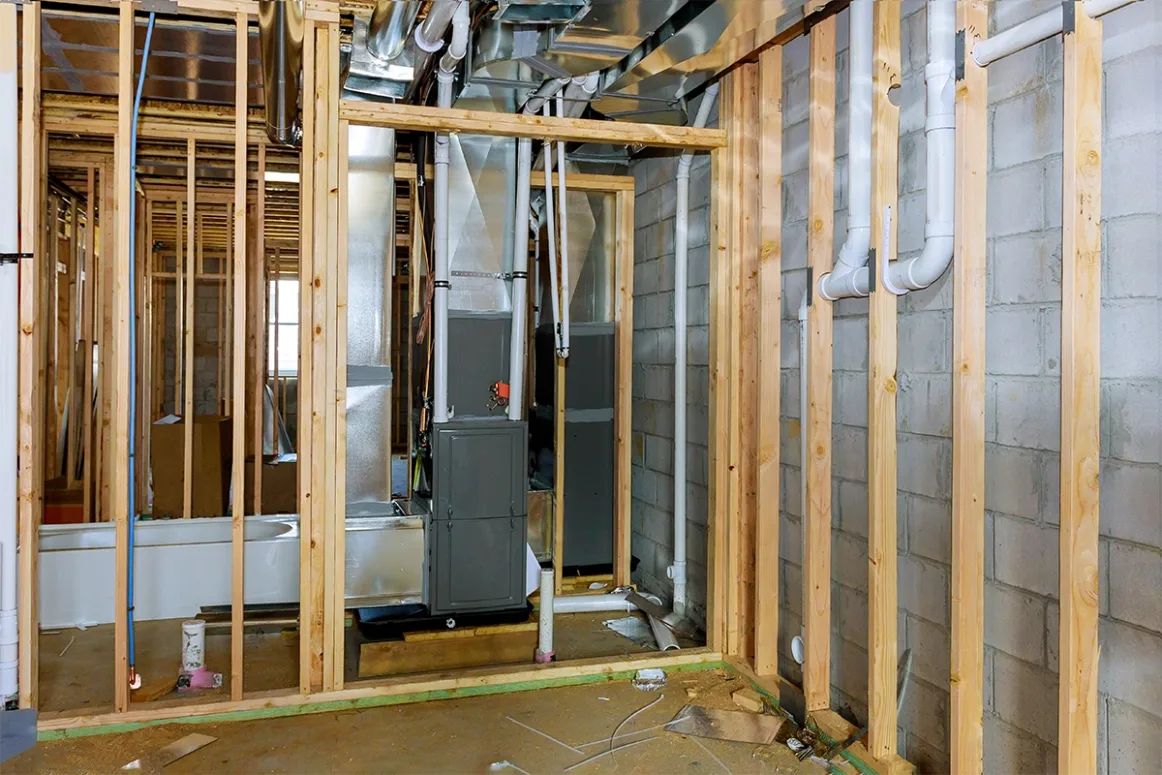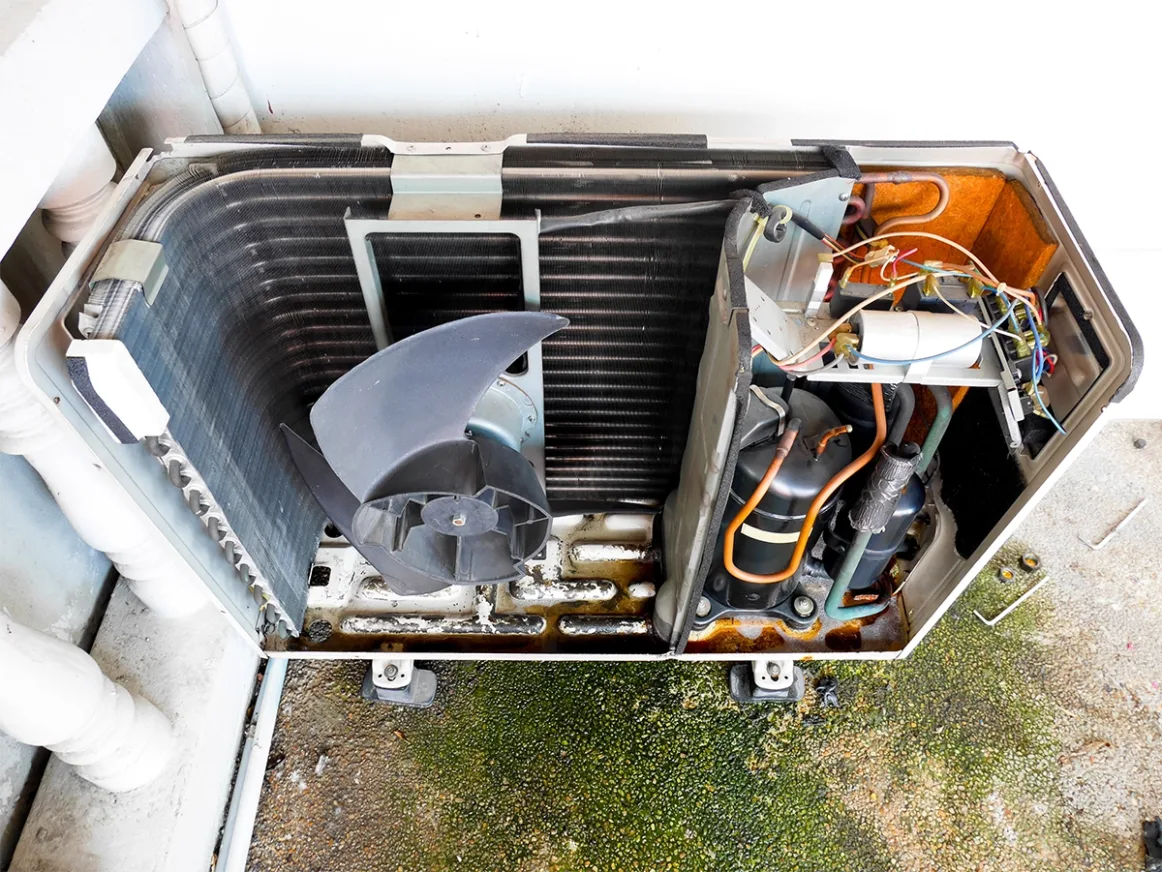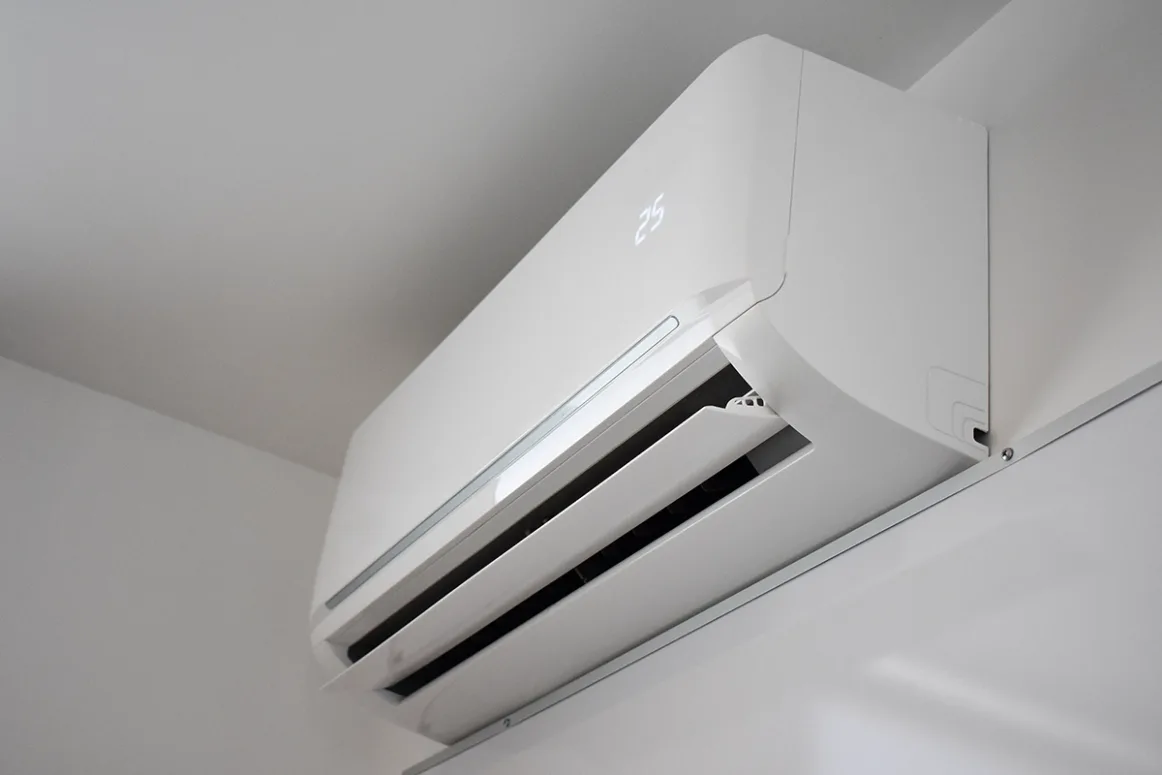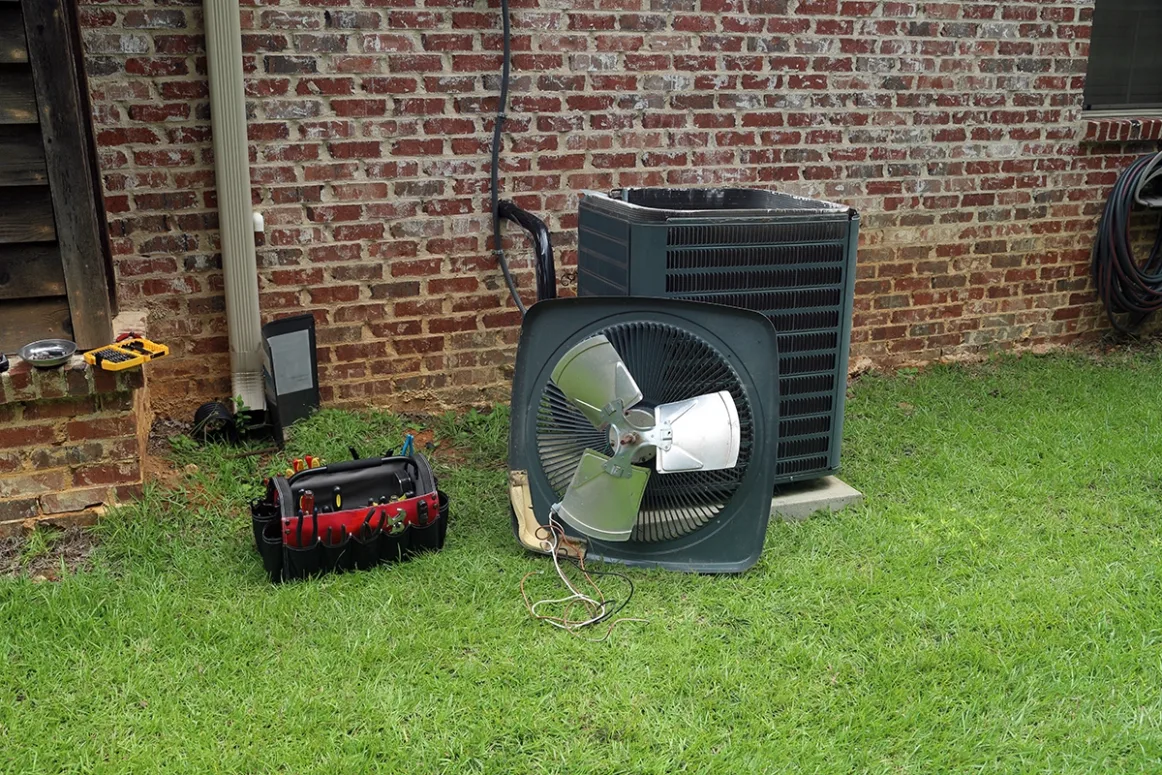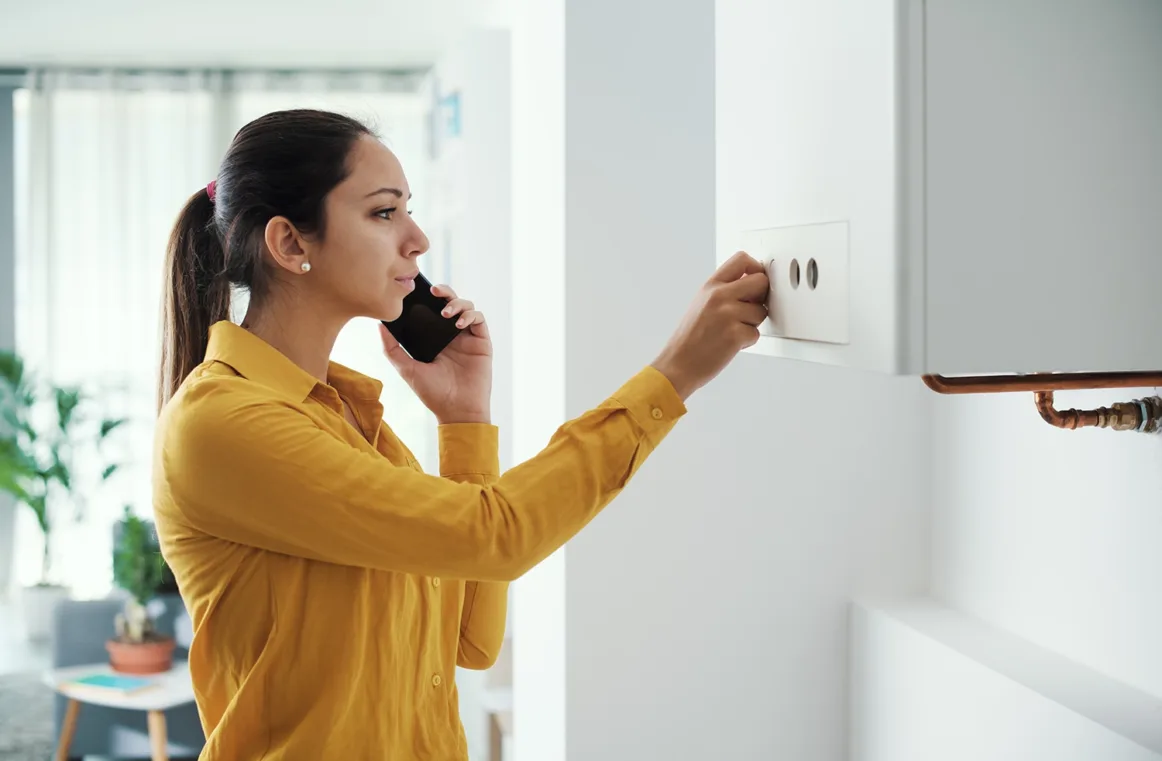
Furnace Service Checklist: Ensuring Efficiency and Comfort
Among the various components in a heating system, furnaces require regular maintenance to function correctly. After all, keeping your house warm in winter is the top priority. A furnace serviced regularly is reliable and safe and helps save energy costs. A proper furnace service check makes detecting and resolving minor problems easier before they evolve into larger ones. We at Russell Heating and Air in Canton, GA, will explain the significant steps that should be followed to maximize your furnace’s potential.
Furnace Service Checklist
- Need for Filter Cleanliness: Filters are among the first essential elements of the furnace system. After all, dust, dirt, and other particles get trapped in filters before they reach the blower and other components. However, if such filters have not been serviced, replacement or cleaning might be necessary as a build-up of dirt will block the optimal airflow required. As a result, since clean air cannot pass through, the furnace has to work harder, reducing its operational efficiency and heightening energy costs. Additionally, a spotless filter provides better air within the room and ensures the system works better.
- When you should Replace: Indeed, so far, it has been mentioned that one should replace a furnace filter at least every 1 to 3 months when using a furnace; otherwise, the filter gets clogged. Additionally, best practices recommend replacing it every month because a clean filter enhances energy efficiency and indoor air quality. Therefore, it is essential to check it every month.
Service of the Heating Parts
- Blower Assembly: This part consists of a fan that blows warm air to the respective rooms through ductwork ventilation. However, with time, dirty air and other substances accumulate on the blades and motor, limiting airflow and reducing efficiency. Moreover, it is crucial to service the blower, as very little air will flow, and heat will not be efficiently produced. The blower should always be cleaned before a service.
- Burners: Natural gas is used in most furnaces, but if the burners are oily, the furnace’s firing could cause a lot of carbon monoxide gas emissions. This gas is hazardous and should be considered seriously as a health threat. Regular cleaning of the burner can prevent such events and, as a result, allow the combustion to take place ideally without letting pollution be created. Overall, efficiency is maintained, and safety measures are correctly implemented.
- Heat Exchanger: A distinctive heating unit component is a heat exchanger, which transfers heat to the air circulating the house. With time, a heat exchanger can develop cracks, which may lead to carbon monoxide leakage. During a service call, a technician will also evaluate the heat exchanger for any signs of cracking or corrosion.
Checking the Thermostat
- Calibration: The thermostat measures the house’s temperature and needs to be precise. If the thermostat is out of calibration, the furnace can spin without a reason or stay off when required, affecting comfort, ease of use, and energy savings. A technician will check and calibrate the thermostat to ensure it is correct and in place.
- Programming: Additionally, for households equipped with smart or programmable thermostats, it is necessary to check that the heating program suits the thermostat’s settings. With appropriate programming, good thermostats avoid wasting energy by lowering the temperature when everyone is out of the house or during sleeping hours.
Inspecting the Electrical Connections & The Electrical Controls
- Tightening and Testing the Connections: A furnace cannot function without electrical connections. When these contacts are loose or broken, they create a short circuit and cause the unit to break down. For example, when a service is being carried out, the technician will inspect all the contacts and ensure they are firm to guarantee safe and trusted operations.
- Testing Safety Controls: Furnaces have different kinds of safety controls. An example is a limit switch, which helps prevent too much heat buildup, which may render the unit unserviceable. So, when servicing the unit, these switches are examined to ensure they are in good working order. These safety controls are critical, as one malfunction can cause serious trouble, so it is essential to ensure that an expert does it.
Testing the Ignition System and Pilot Light
- Ignition System: The ignition system turns on the burners, which have to work well for the furnace to operate effectively. If some components are damaged, starting the furnace may be difficult, leaving you cold. A technician will replace any damaged parts and check the ignition system to increase the chances of the furnace lighting up.
- Pilot Light (if applicable): Some older furnaces have a pilot light instead of electronic ignition. If the pilot light keeps blowing out or has a yellow instead of a blue flame, there could be a problem with the gas supply or the air-to-fuel mix. A technician can control it so that the pilot light burns steadily.
Lubricating Moving Parts
- Why Use Lubrication: All of the moving parts inside your furnace, including the blower motor and fan, require lubrication to operate properly. Friction in the absence of lubrication will wear the parts, reducing the furnace’s life span. Using lubrication in the appropriate places will help reduce friction, lower breakdowns, and ensure the furnace remains in an effective working condition.
- Which Parts to Lubricate: When performing a service, the technician will usually lubricate the blower motor, the fan, and any other parts that require such treatment. This is an effective way to avoid undue wear and ensure that your furnace operates efficiently for the entire heating season.
Checking the Flue and Ventilation System Clearance and Blockages: The flue is an essential part of the house’s functioning as it aids in discharging hazardous gases outside the home, such as carbon monoxide. If it is blocked, gases cannot exit, creating danger for the residents. A qualified technician comes in to clean the flue and ventilation system. If there are any such obstructions, they are obliterated to maintain the correct flow of the gases.
- Carbon Monoxide Risks: Not adhering to proper venting practices can be dangerous since they may result in carbon monoxide entering the home. Such danger is amplified since carbon monoxide is colorless and odorless, making it challenging to identify. However, proficient technicians are trained to identify potential leaks that may damage one’s family, and such leaks can go undetected in a flue system.
- Perform Safety Test For Gas Leaks: It is essential to conduct gas leak tests routinely when using Natural gas for heating since it can have future consequences, positioning the residents in dangerous environments. Gas leaks can lead to fires due to the amount of stored gas combusted to heat the furnace and the joints.
- Professional Inspection: Gas testing is highly recommended to be carried out only by experts since they are fully equipped with the necessary tools and other resources. Attempting to do it yourself can be dangerous. At Russell Heating and Air, our team is equipped to deal with gas leak testing, ensuring it is done accurately and safely so that you can provide peace of mind.
To Sum Up
A furnace service checklist should be at the top of the list if you want a warm and worry-free winter. Organizing routine service appointments with an experienced specialist from Russell Heating and Air, located in Canton, GA, ensures that your furnace will be cleaned, serviced, and correctly operated throughout the winter season, keeping you warm and comfy.
A quick overview of the topics covered in this article.
Latest articles
May 9, 2025
May 9, 2025


